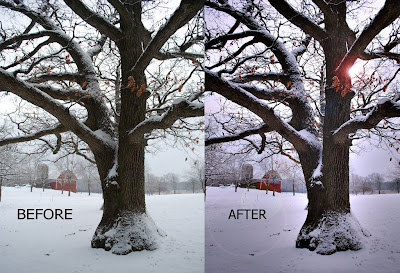Bad photo advice of the day
A photograph or an image which does not have life - 'the X factor' as they call it - is simply wastage. Efficient commercial photographers know how to put life in the images that they click. And how do they do it? There are simple but fundamental principles that guide the rules to create a good image.
For one thing, I don't call it the "X Factor." I don't know any professional photographer who does. And I also have a fair idea of how to inject "life" into a photo, even though the word "life" is so broad as to be almost meaningless.
Anyway, what are the three vital principles for guaranteeing your pictures don't emerge from your camera DOA? This expert says that every photo needs light, a subject and a background.
Gosh. I never knew. I thought every photo needed a camera, a lens and a clicking finger.
Here's a good rule of thumb to use when perusing photo advice sites: If they don't post sample photos along with their prose, just click your browser's "Back" button. Fast.
Labels: Bad advice






